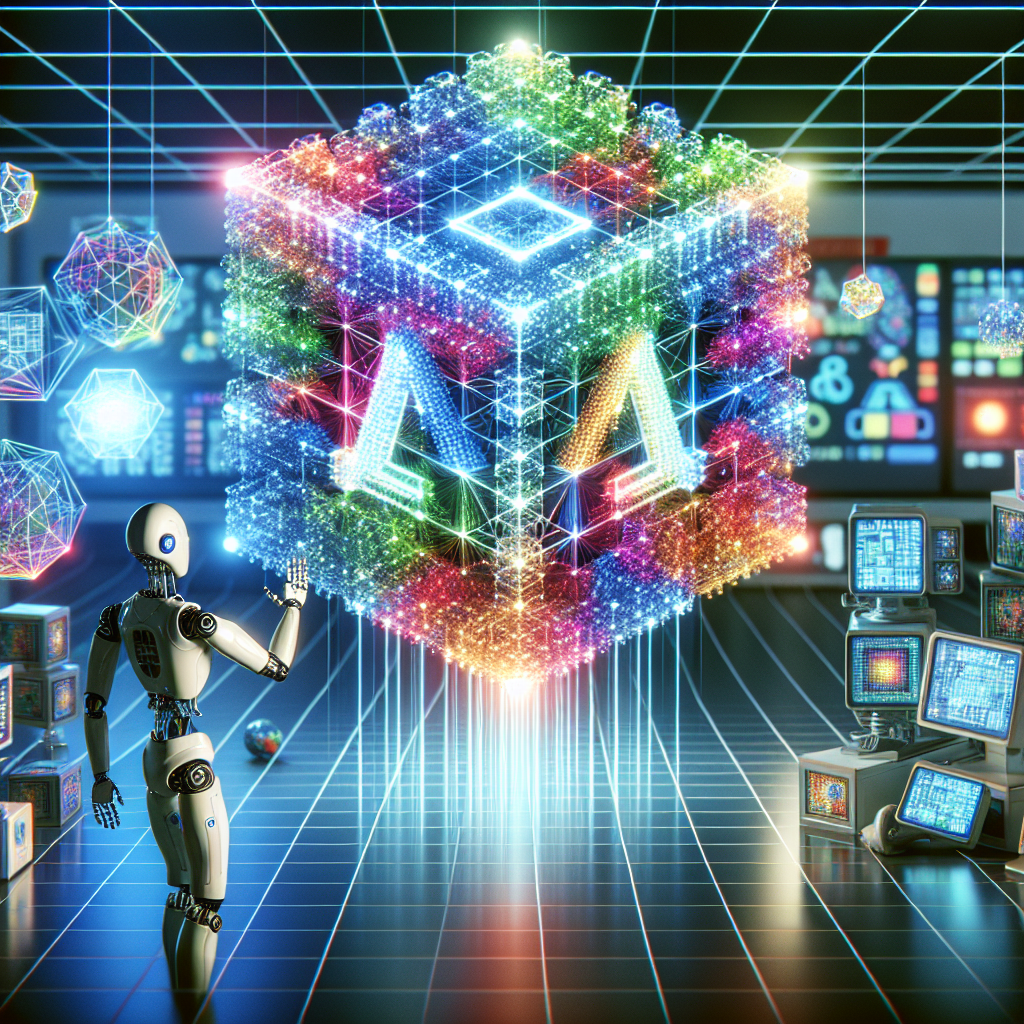Your cart is currently empty!
Demystifying Generative AI: A Beginner’s Guide

Generative Artificial Intelligence (AI) is a rapidly growing field that has the potential to revolutionize many industries, from healthcare to entertainment. However, for beginners, understanding the ins and outs of generative AI can be a daunting task. In this article, we will demystify generative AI and provide a beginner’s guide to help you navigate this exciting and complex field.
What is Generative AI?
Generative AI refers to AI systems that are capable of creating new content, such as images, text, or music, that is similar to human-generated content. These systems use complex algorithms to analyze and learn patterns from existing data and then generate new content based on these patterns. Generative AI can be used for a wide range of applications, including creating art, designing products, and even writing stories.
How does Generative AI work?
Generative AI works by using a type of neural network called a generative adversarial network (GAN). GANs consist of two neural networks – a generator and a discriminator. The generator creates new content based on the patterns it has learned from existing data, while the discriminator evaluates the content generated by the generator and provides feedback on its authenticity.
The generator and discriminator are trained together in a competitive manner, with the generator trying to create content that is indistinguishable from human-generated content, and the discriminator trying to differentiate between real and generated content. This process continues until the generator is able to create content that is indistinguishable from human-generated content.
Applications of Generative AI
Generative AI has a wide range of applications across various industries. In healthcare, generative AI can be used to create synthetic data for research purposes or to generate personalized treatment plans for patients. In the entertainment industry, generative AI can be used to create realistic video game environments or to generate music and art. In marketing, generative AI can be used to create personalized content for customers or to design products based on customer preferences.
Challenges and Ethical Considerations
While generative AI has the potential to revolutionize many industries, it also poses challenges and ethical considerations. One of the main challenges is ensuring that the generated content is accurate and reliable, as AI systems can sometimes produce biased or misleading content. Additionally, there are ethical considerations around the use of generative AI, such as concerns about privacy and the potential for misuse of generated content.
In conclusion, generative AI is a fascinating and rapidly evolving field that has the potential to transform many industries. By understanding the basics of how generative AI works and its applications, beginners can begin to explore the exciting possibilities of this technology. As with any emerging technology, it is important to approach generative AI with caution and to consider the ethical implications of its use.

Leave a Reply